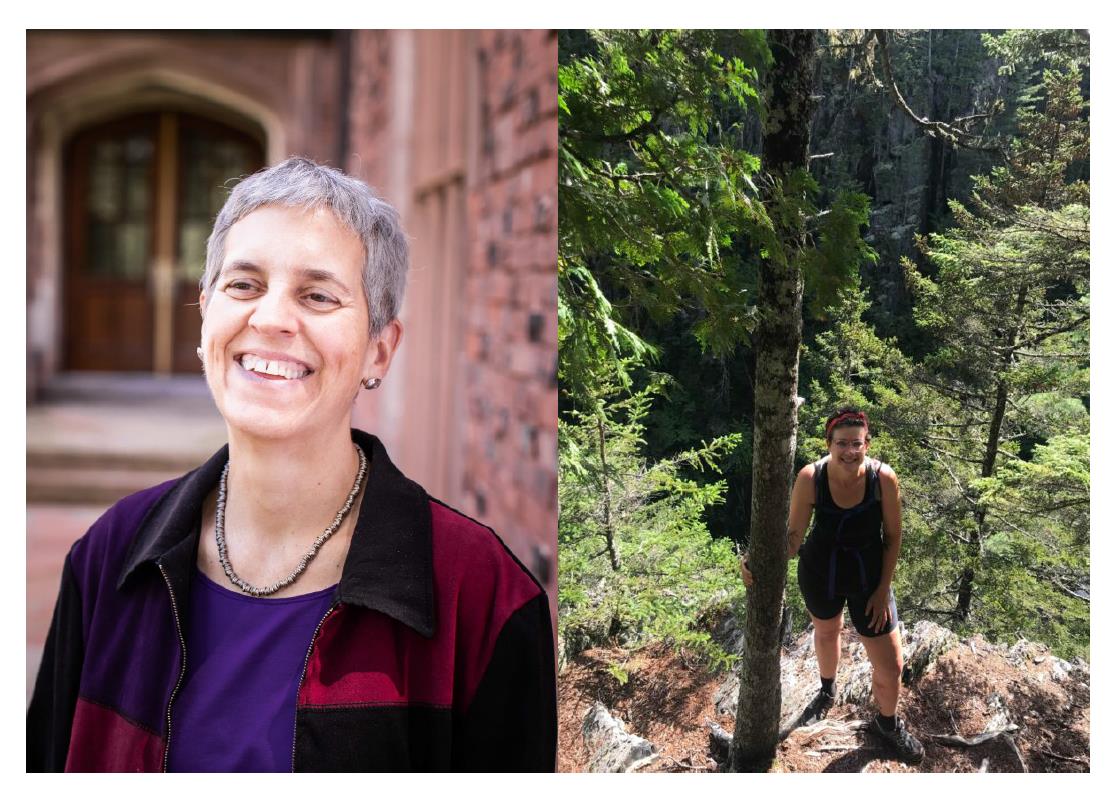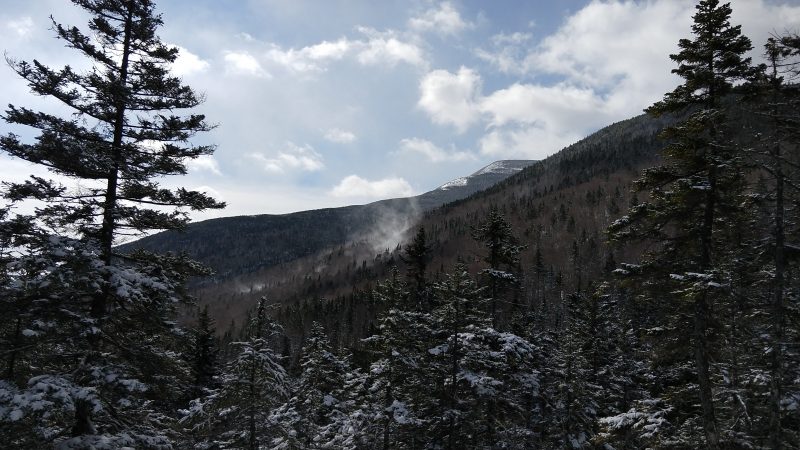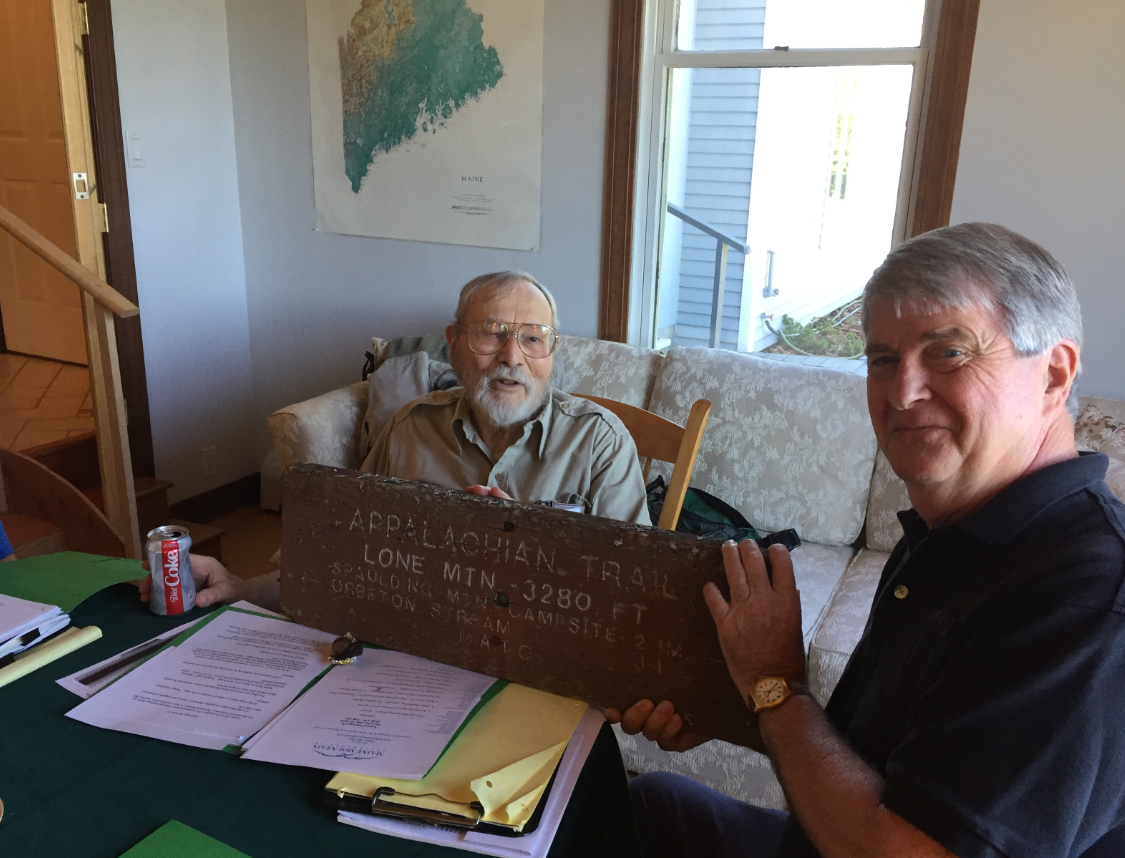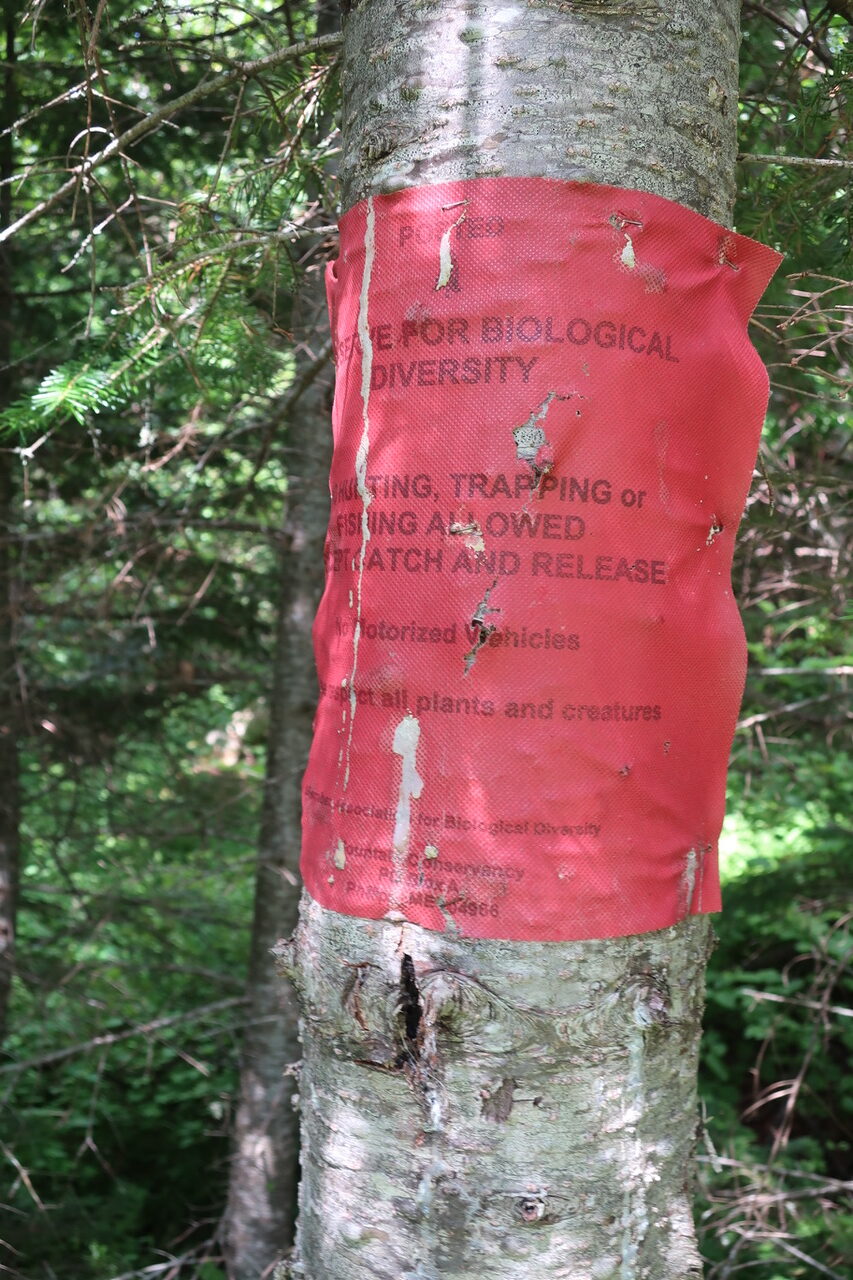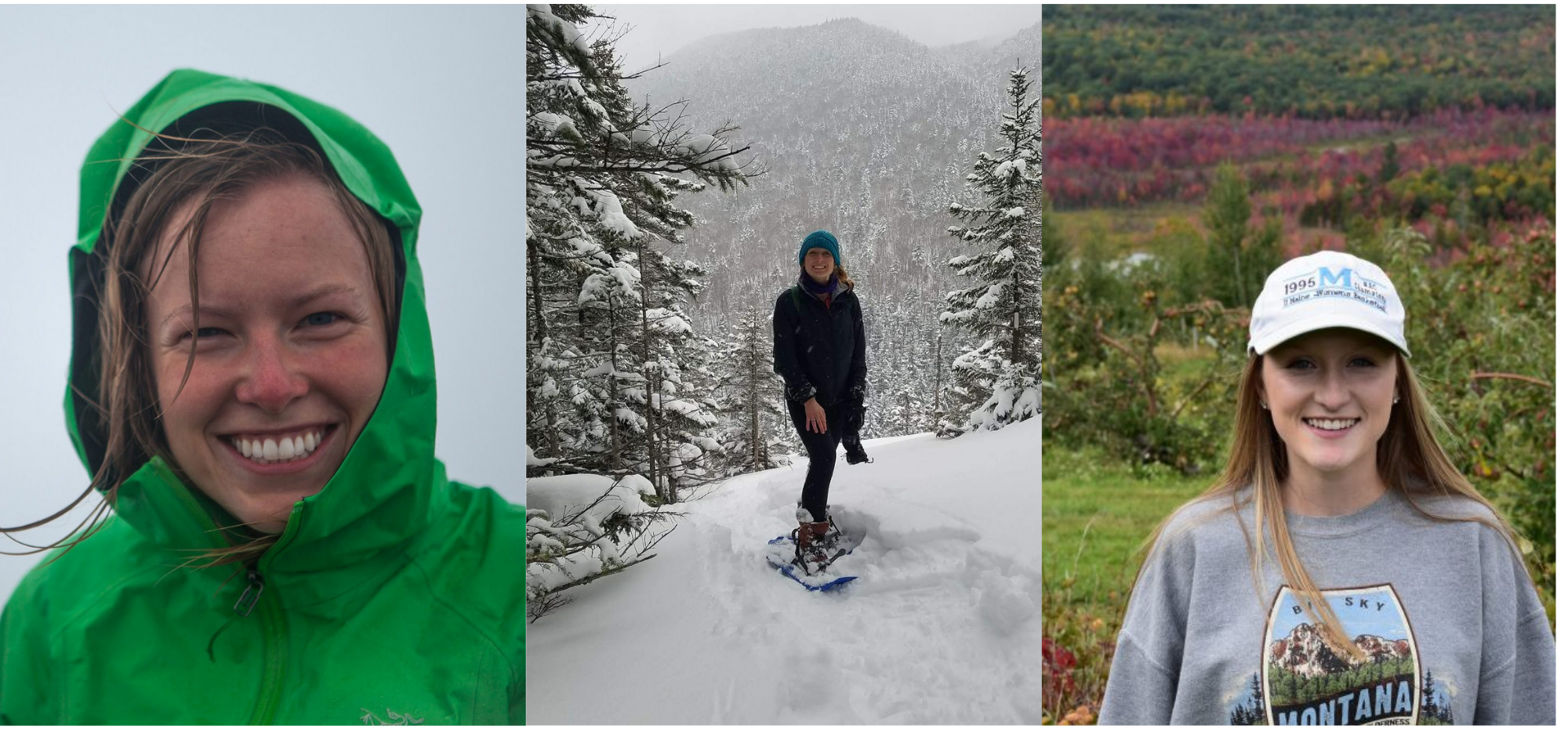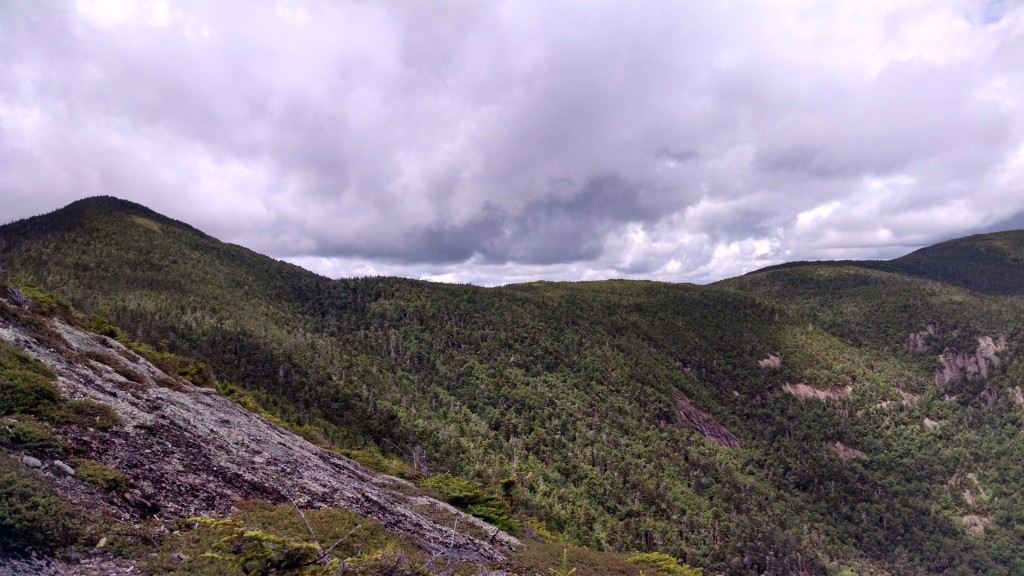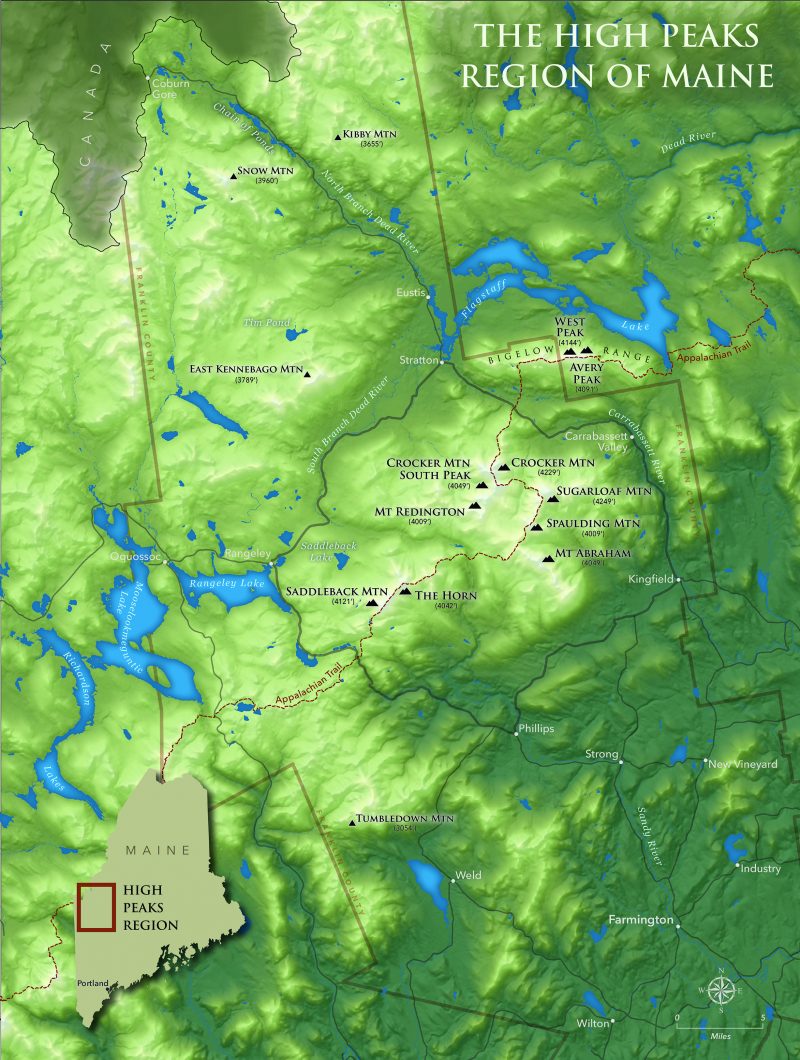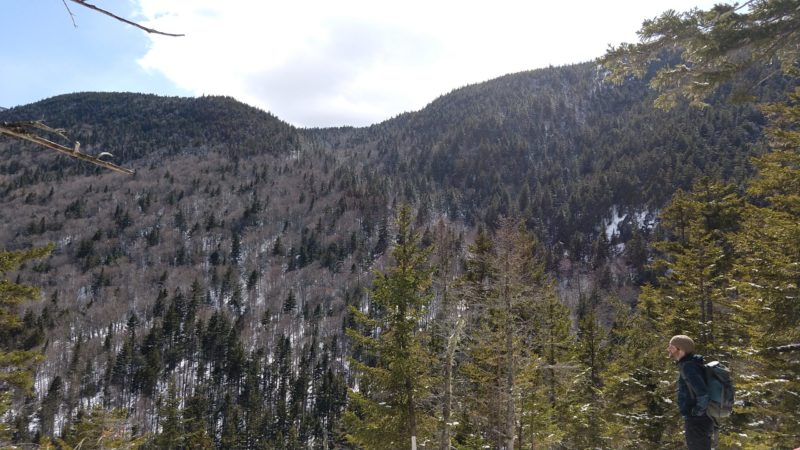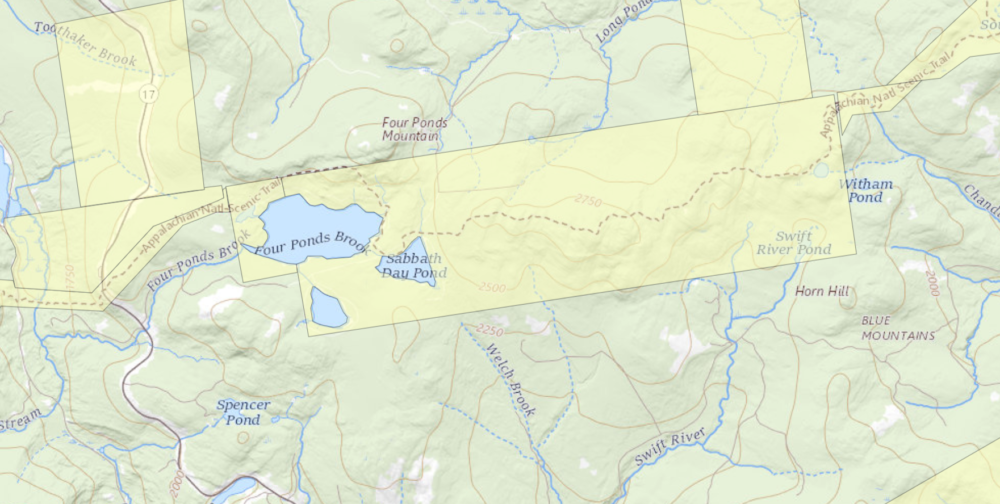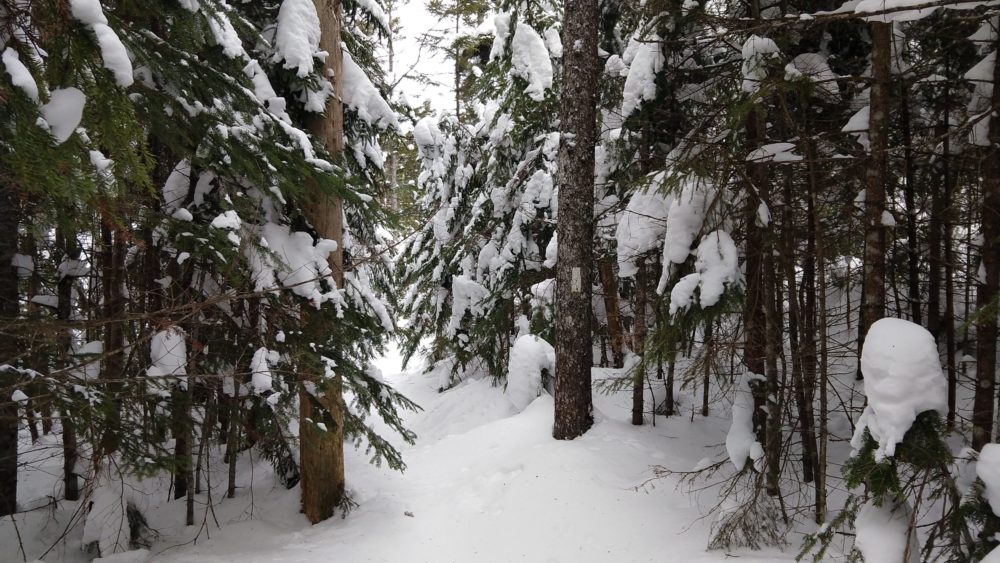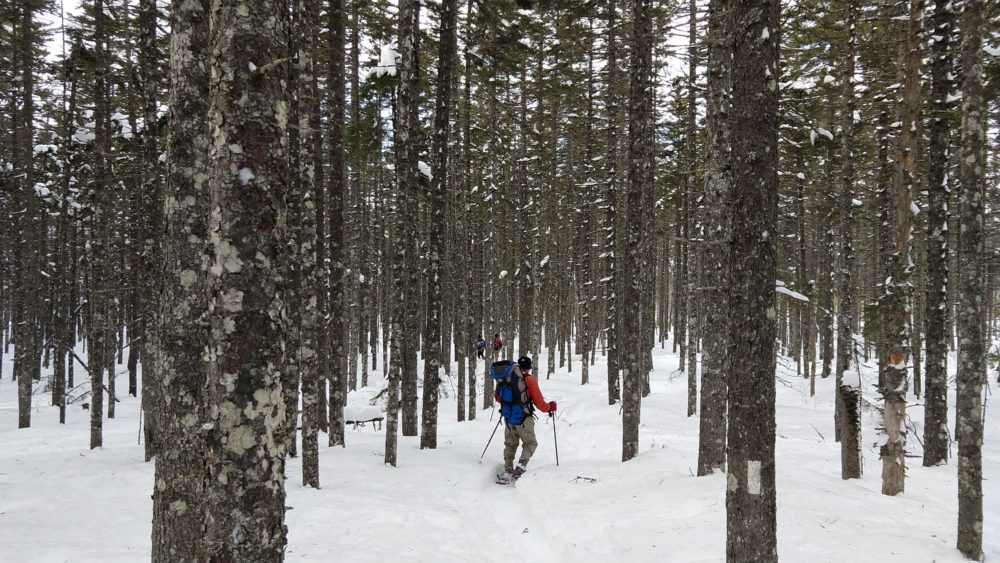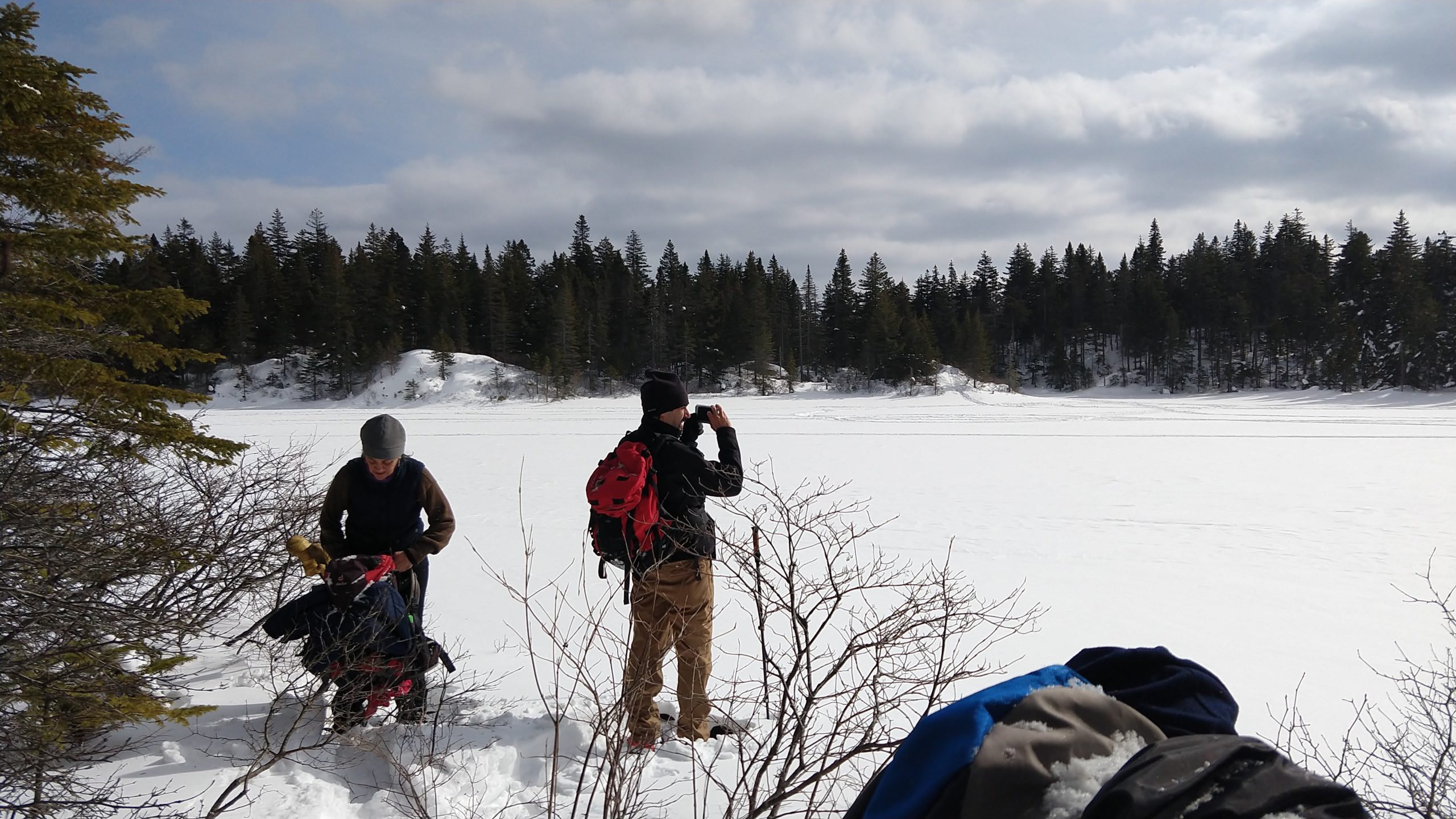For immediate release
Non-profit organizations in Maine’s High Peaks region are coming together to work with community leaders and funders to address the impacts of COVID-19. The High Peaks Initiative (HPI) is a collaborative of local, regional, and national non-profit organizations working in Maine’s High Peaks. The Betterment Fund encouraged HPI to connect with local communities and identify critical need areas via community leaders who are implementing actionable plans to meet the ongoing challenges. We are pleased to recognize that The Betterment Fund Trustees have approved HPI’s request to direct $24,000 toward several community-initiated, community-led efforts which are addressing immediate needs in food security, safe and healthy outdoor recreation, and remote learning.
The initiatives receiving funds represent incredible community spirit, bringing together the public and private sectors in coordinated and creative ways. These efforts depend on this immediate injection of funding and can serve as pilots and models for additional needs which may emerge going forward. Individuals and other funders are also making generous personal contributions to these initiatives.
Rangeley restaurants have joined forces to form a non-profit organization to provide prepared meals for homebound community members. Five restaurants are currently providing between 150 and 175 meals per day, seven days a week, for those in need. While meals can be picked up in either Rangeley or Oquossoc villages, an average of 80 meals per day are being delivered to people’s homes. Rangeley Health and Wellness and Rangeley Lakes Heritage Trust, both HPI partners, along with many volunteers are helping to deliver meals. Donations are currently being accepted through Skowhegan Savings Bank.
Rangeley Health and Wellness is also partnering with the Good Shepard Food Bank to provide staples, fresh produce and non-food items such as paper products and cleaning supplies for local families in need. They are assembling boxes sized for small (1 – 3 person) and large (4 – 6 person) families which can be picked up once a week. The expectation is that these boxes will meet most of the basic needs of the family for one week.
In Kingfield, restaurants and schools are partnering with Greater Franklin Development Council to provide support to local families. There are boxes of food which are available to Kingfield Elementary School families with additional boxes for area students and community members during April school vacation week. A GoFundMe page has been launched to build funding to expand on this effort.
SAD #58 is assisting students in this rural district successfully participate in on-line studies, but one of the greatest challenges is internet access. The Betterment Fund is assisting with the purchase of hot spot devices which can ensure that students are connected to Google Classroom and can attend virtual meetings with their teachers using Zoom or Google Meet.
Using the Maine Trail Finder website, the Center for Community GIS is helping people find opportunities to be outdoors safely during the current pandemic. Trail use has increased dramatically as homebound individuals and families look for opportunities to be outside for health reasons, both physical and mental. Public safety concerns resulting from overcrowded parking lots, boardwalks, scenic viewpoints and summits are leading federal, state, and land trust trail managers to shut down trails on a near-daily basis. Maine Trail Finder is keeping users educated about open trails, ways to find less popular local trails as well as best practices for keeping everyone safe in the outdoors during these unprecedented and rapidly changing times.
The mission of the High Peaks Initiative (HPI) is to protect important natural resources, secure public access, and support healthy human and natural communities in Maine’s High Peaks. HPI partners include the High Peaks Alliance, Rangeley Lakes Heritage Trust, Rangeley Health and Wellness, the Maine Appalachian Trail Land Trust, the Center for Community GIS, The Wilderness Society, the Northern Forest Center, the Trust for Public Land, the New England Forestry Foundation, the Northern Forest Canoe Trail, Maine Huts and Trails, Maine Mountain Collaborative, Longfellow Mountains Heritage Trails, High Peaks Network/Greater Franklin Development Council, and the Appalachian Trail Conservancy.
The Betterment Fund was established by William Bingham, 2nd, a resident of Bethel, and focuses on education, health, and conservation. They give top consideration to projects in the Western Mountains region because of Mr. Bingham’s lifelong dedication to the area. The concepts of community and collaboration are very important to their grantmaking.


